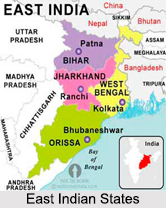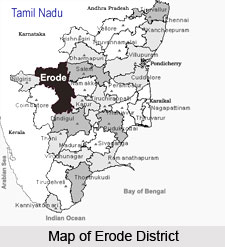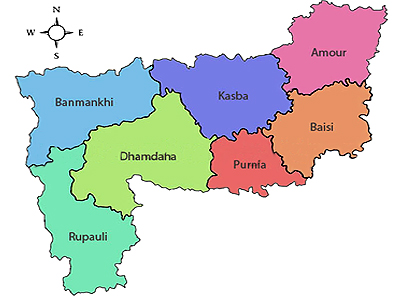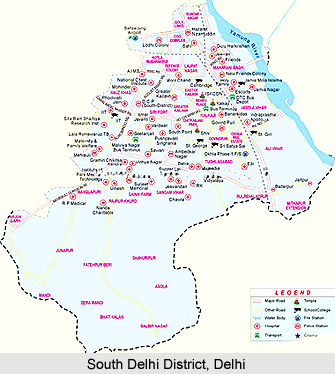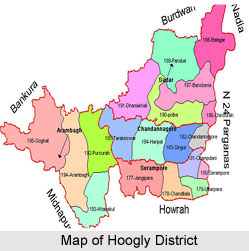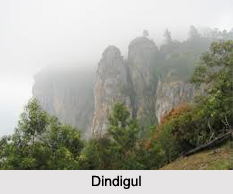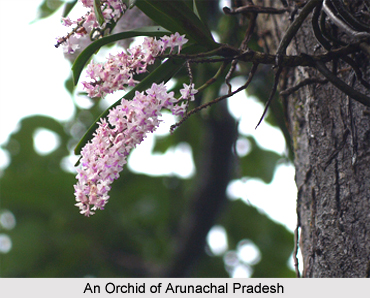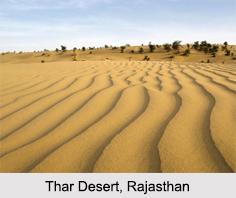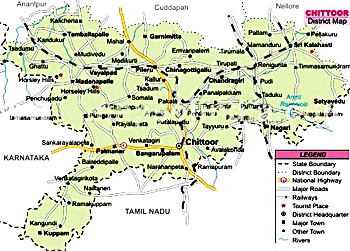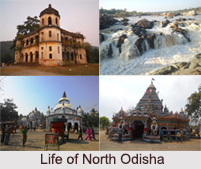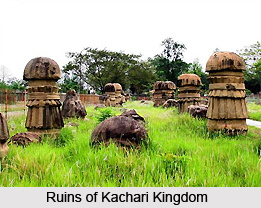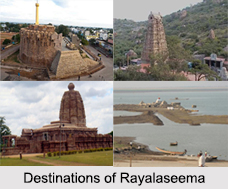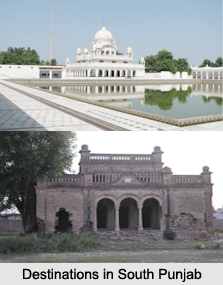 History of Dahod District dates back to the ancient times, and also describes the scenario of this region of India, during the medieval and modern period. This Indian district spreads over certain portions of Madhya Pradesh as well as Rajasthan, including some areas of the Malwa Plateau. The term `Dahod` is a derivation from the term `Dohad`, which was its previous name. This region was named Dohad due to its strategic location between the borders of the states of Madhya Pradesh in the eastern side and Rajasthan towards the northern end. Literally implying `two borders`, Dohad is about 1000 years old.
History of Dahod District dates back to the ancient times, and also describes the scenario of this region of India, during the medieval and modern period. This Indian district spreads over certain portions of Madhya Pradesh as well as Rajasthan, including some areas of the Malwa Plateau. The term `Dahod` is a derivation from the term `Dohad`, which was its previous name. This region was named Dohad due to its strategic location between the borders of the states of Madhya Pradesh in the eastern side and Rajasthan towards the northern end. Literally implying `two borders`, Dohad is about 1000 years old.
Mythological History of Dahod District
As per the local folktales, Rishi Dadhichi had once performed meditation on the banks of Dudhimati River, in the area of Dohad. Dadhichi was indirectly instrumental in defeating Vritrasura, the king of `Asuras` in a fierce battle between the `Devas` or Gods and `asuras` or demons, according to the story of `Vajrayudhha`. Rishi Dadhichi had enabled the king of devas named Indra to emerge victorious against Vritrasura, by donating him his bones with the aide of self sacrifice. His bones, which were considered as some of the most powerful weapons were successful in killing the demon.
Medieval History of Dahod District
The Mughal emperor Shah Jahan was appointed as the `subedar` or Governor of Gujarat during the regime of Jahangir. Shah Jahan`s wife Mumtaz Mahal is believed to have given birth to Aurangzeb in November 1618, inside the fort of Dahod, known as Fort of Ghaddi. Historical accounts have stated that Aurangzeb had later ordered his royal ministers to grant several imperial favours to Dohad District as this was the very place of his birth.
Modern History of Dohad District
During the year 1857, a famous freedom fighter named Tantia Tope had arrived in Dohad during the Sepoy Mutiny. Under the British Raj in the country, a `dharma shala` or sleeping facility located in this district, created under the rule of Aurangzeb had been transformed into a `gadhi` or tiny fort. When Tantia Tope had camped in the area of Nani Kharaj, this gadhi was attacked by him. He had fought against only a single soldier who was entrusted the responsibility of protecting the fort from Tantia Tope. However, Tope was unsuccessful in his ventures since Colonel Iswat immediately initiated a counter attack on Dahod upon learning about the incident. Consequently, Tantia Tope was compelled to retreat and flee to Banswara and Limli-Jhalod and continued to reside in this region till the last says of his life. Dahod was captured by the British soon after Tope made attempts to do so, during 1857. The beautiful location of Dahod, in the midst of royal states made it appealing in the eyes of the British. This area was leased from the Sindhias, by the British for as many as seven years. Finally, in the year 1890, Dahod was acquired by the British. Dahod was attained after the British had exchanged it for another Indian district.
